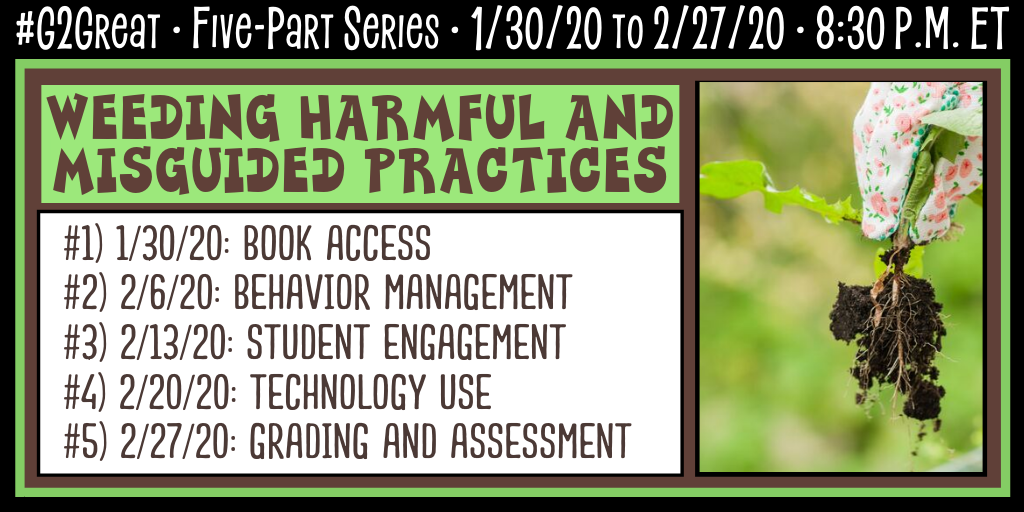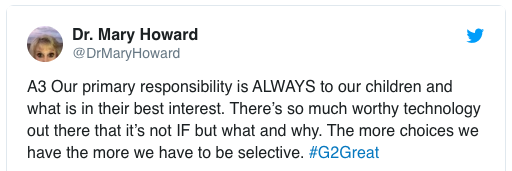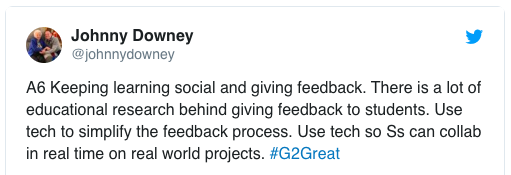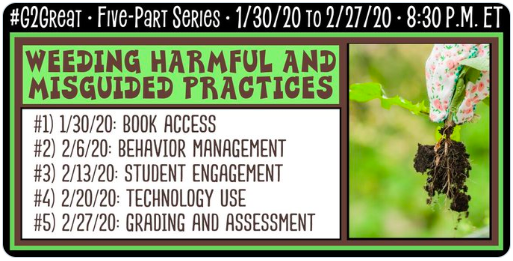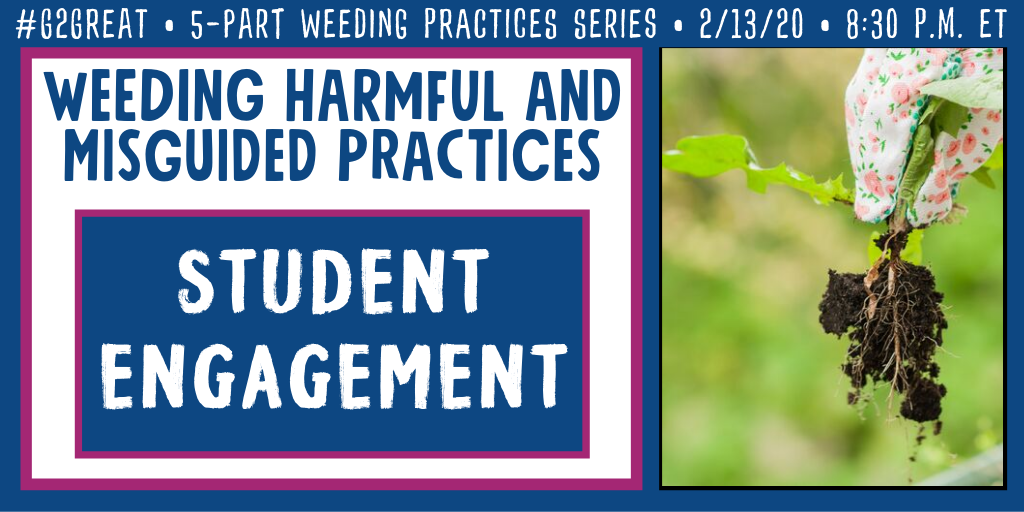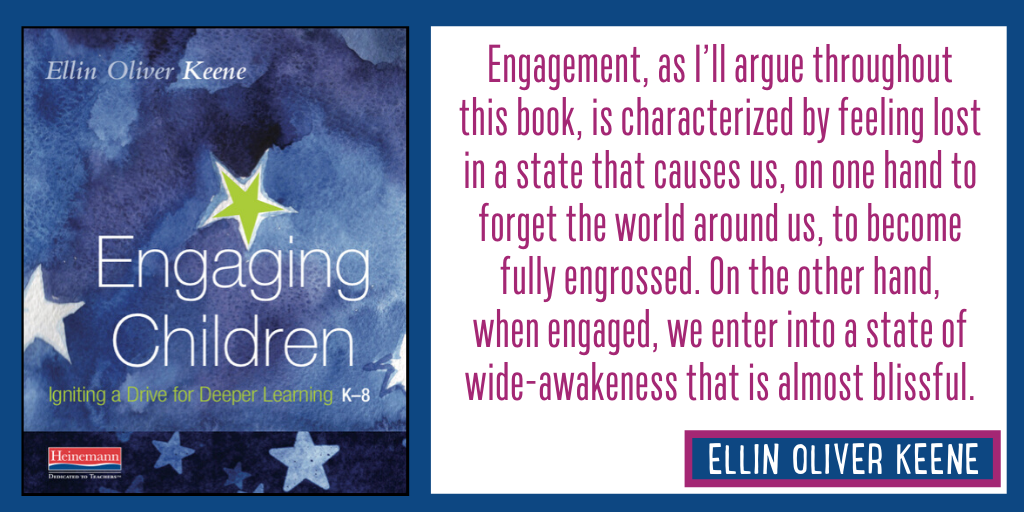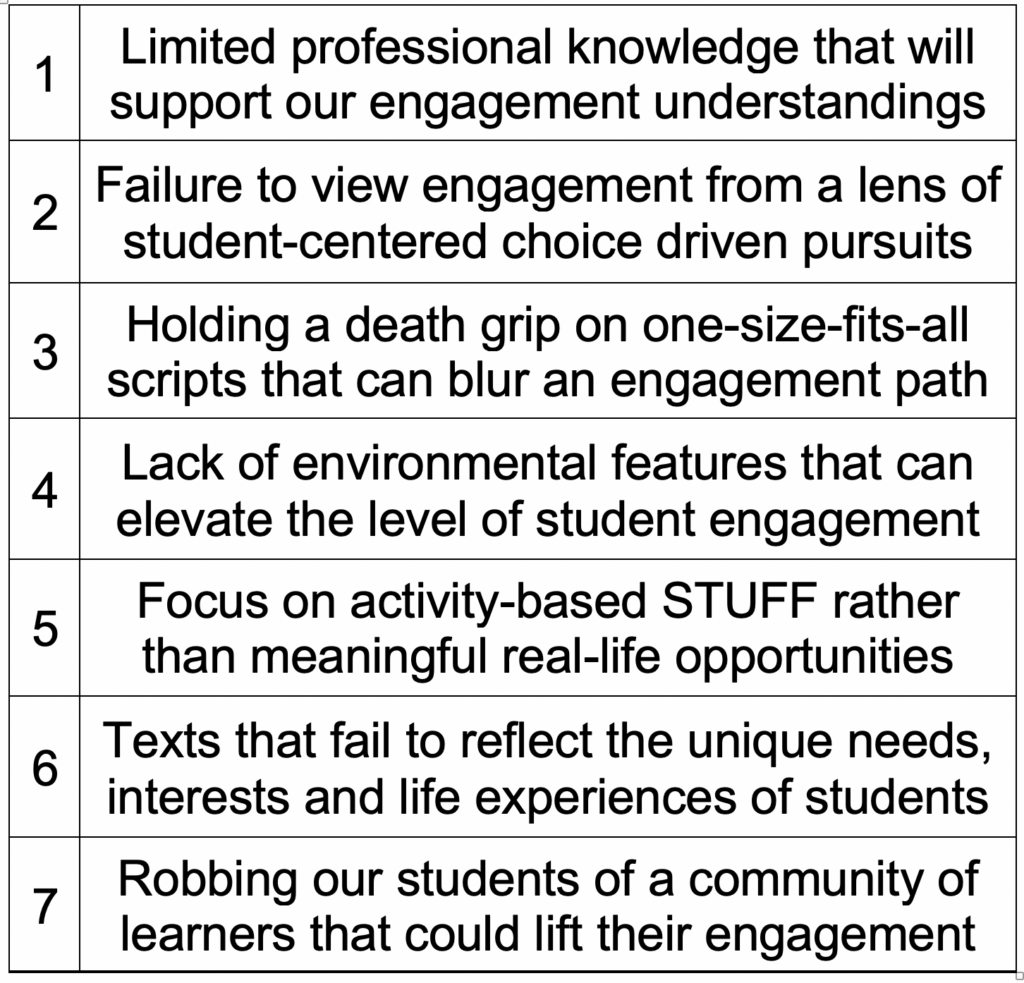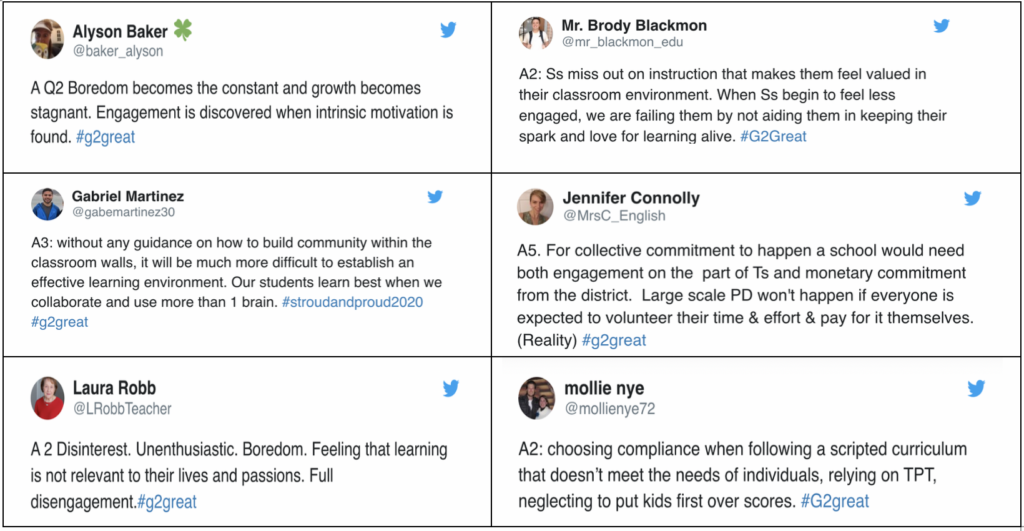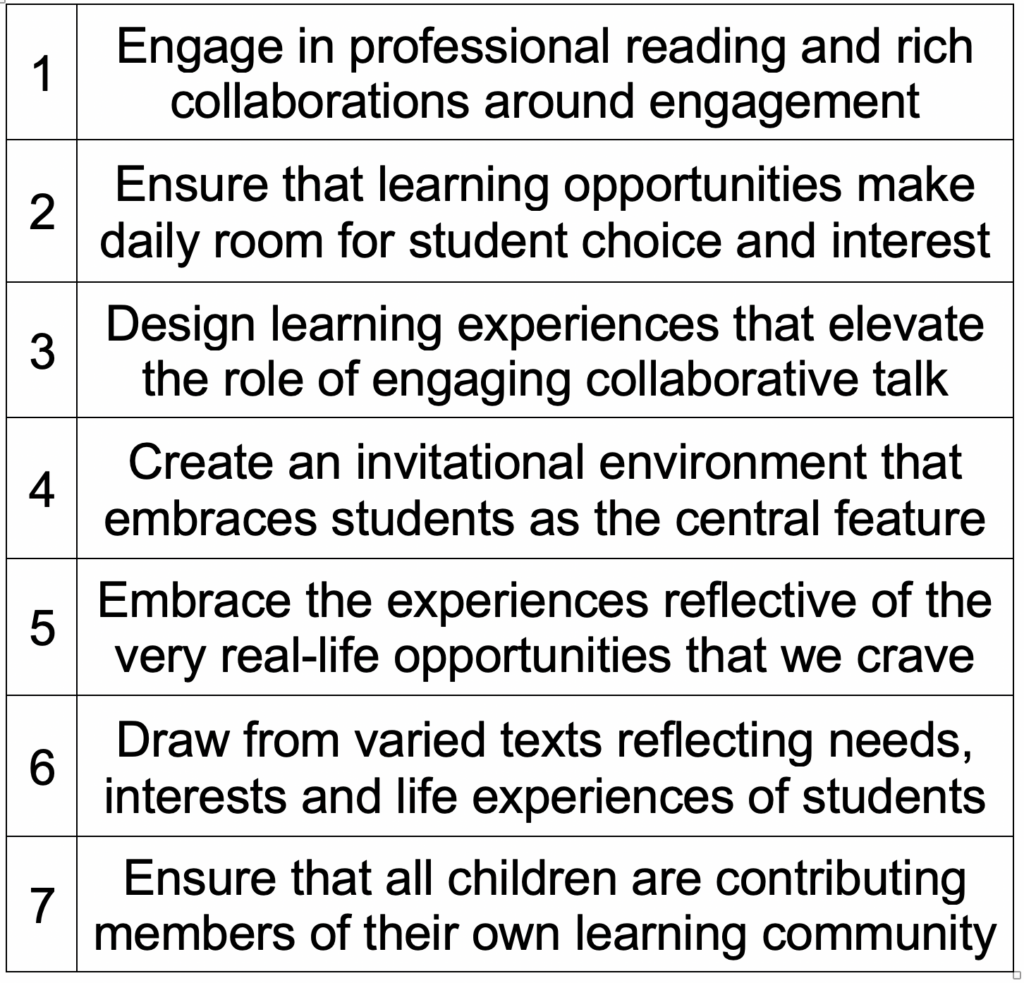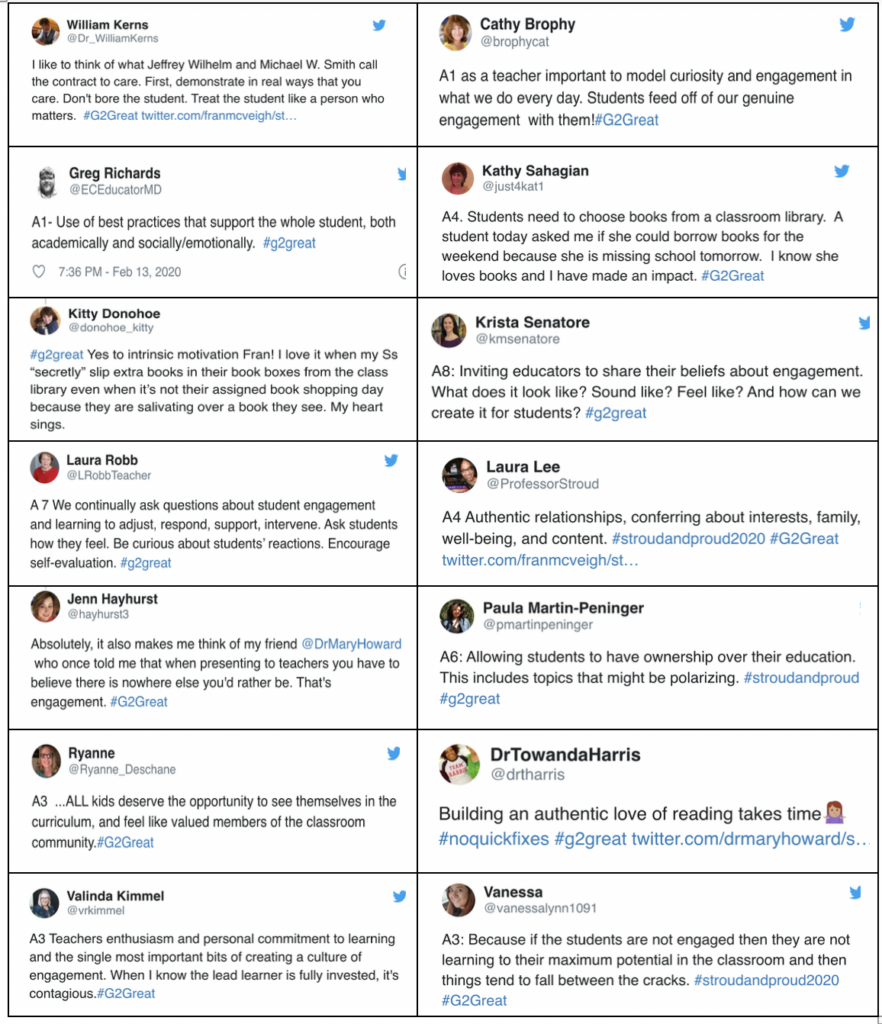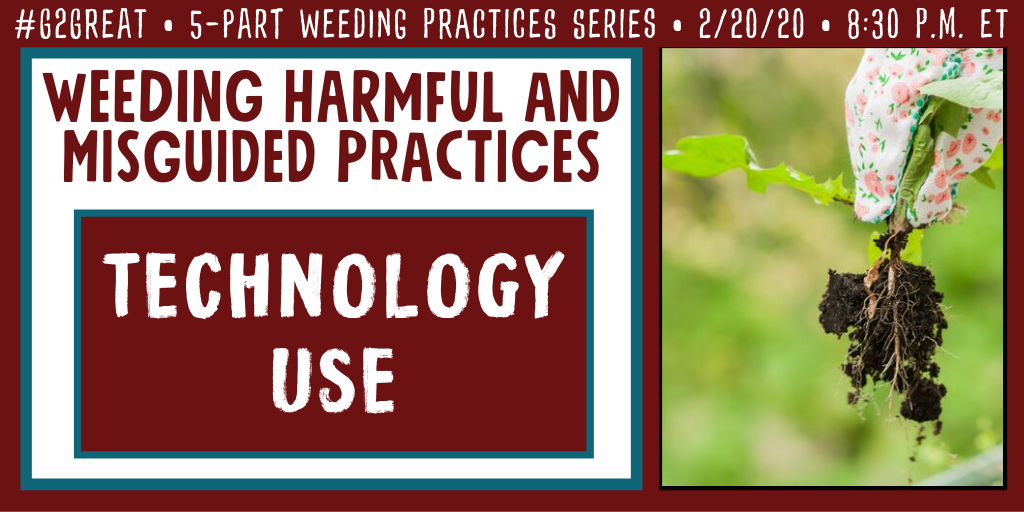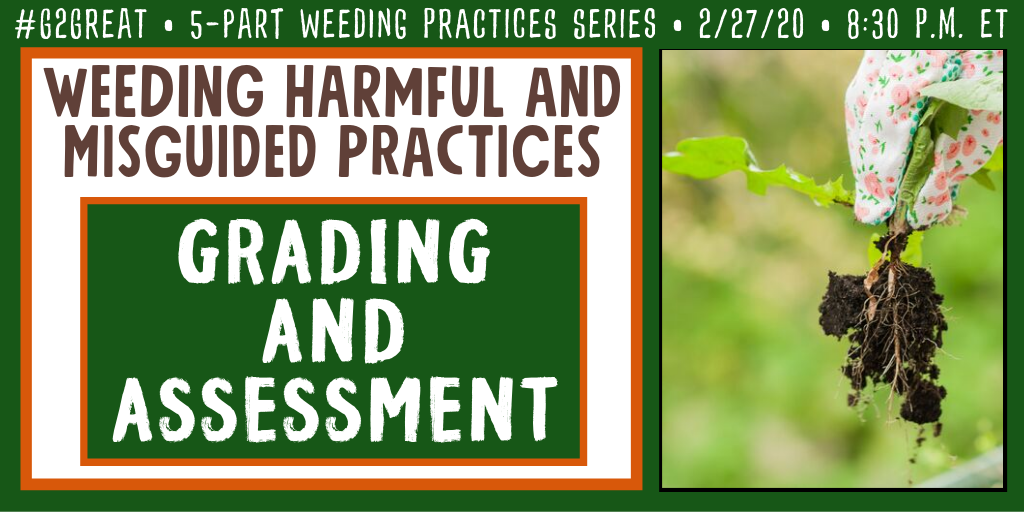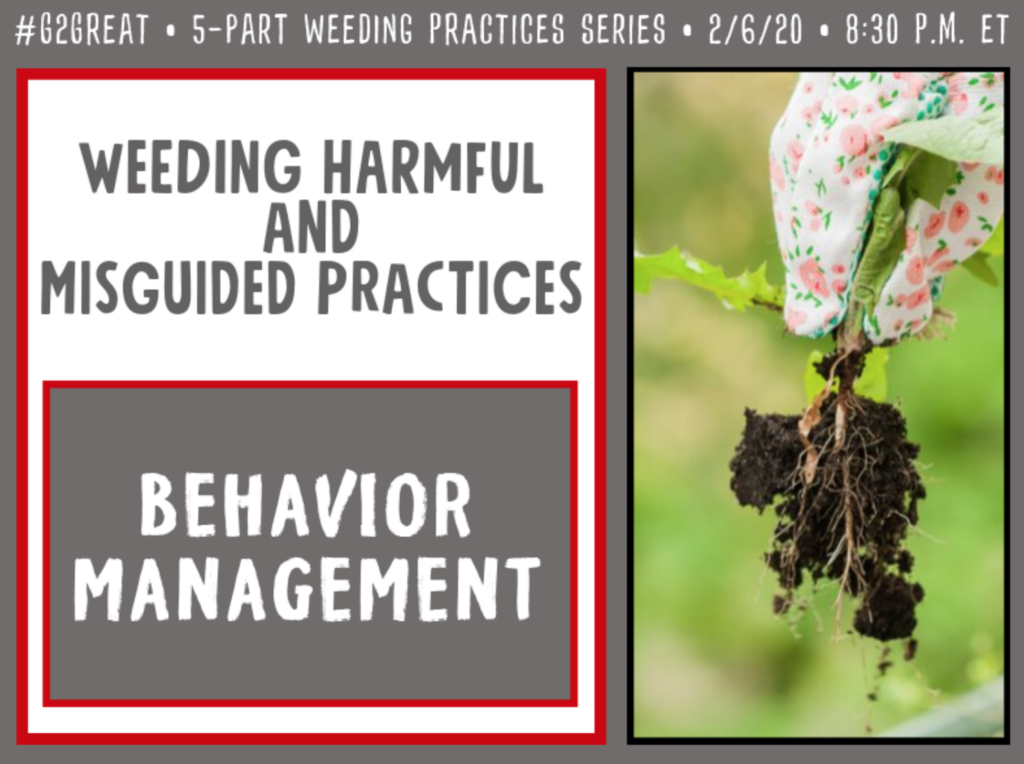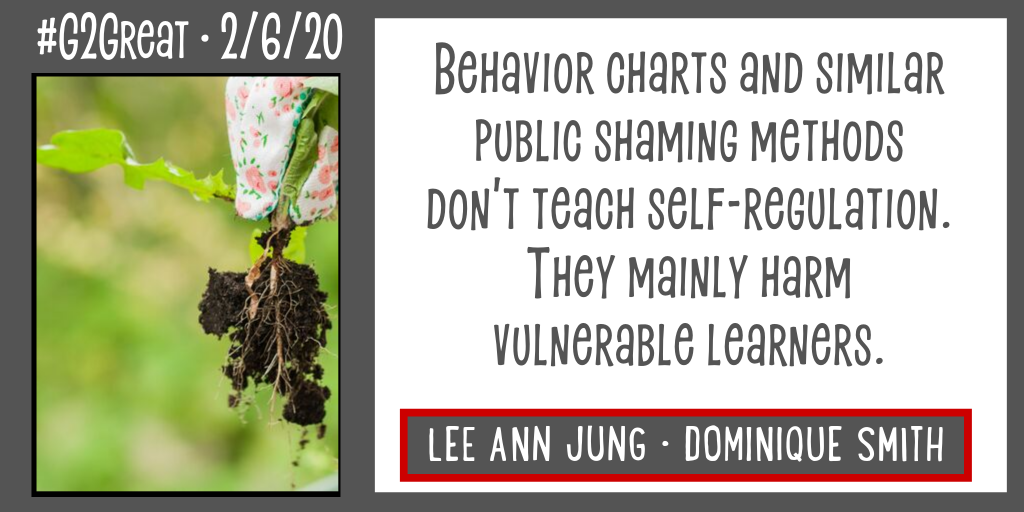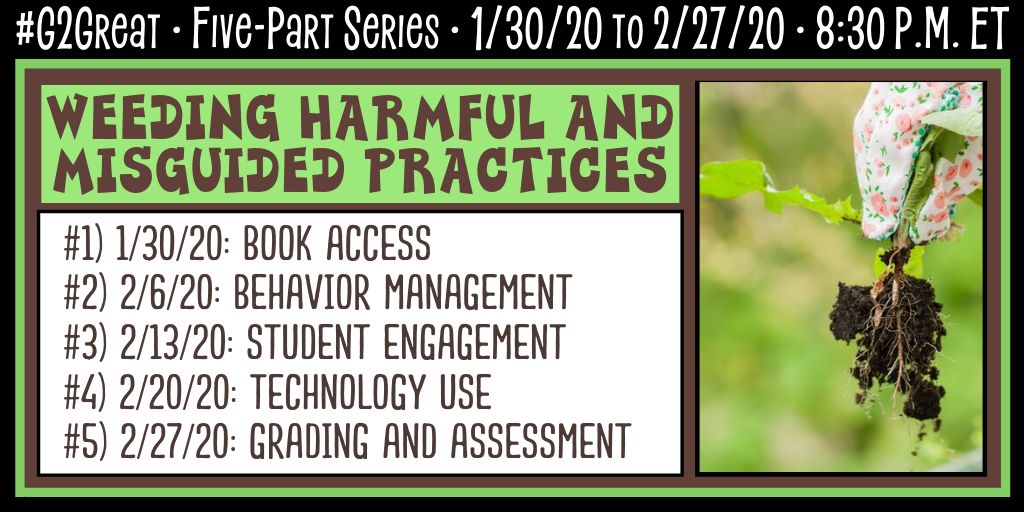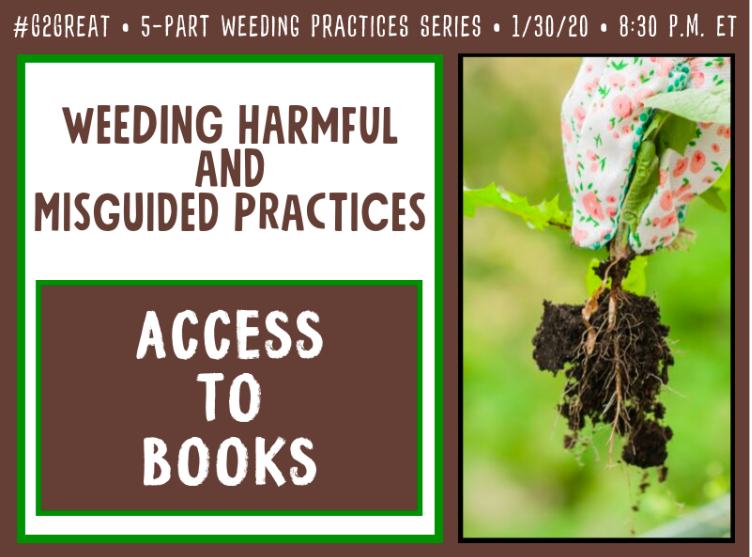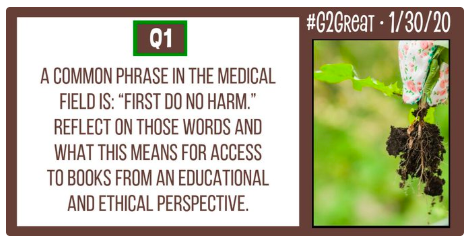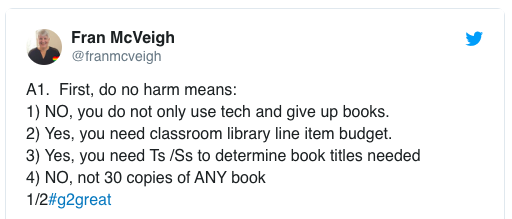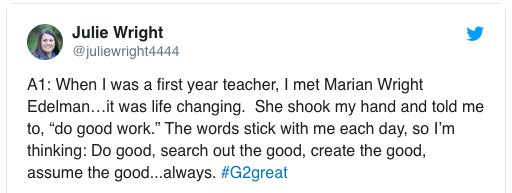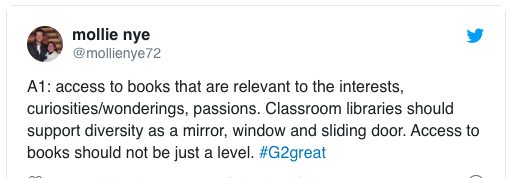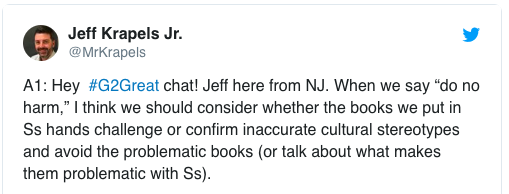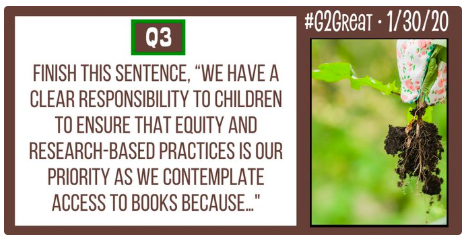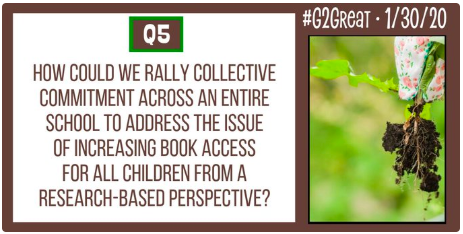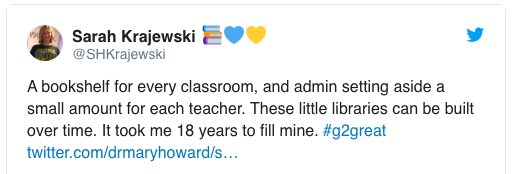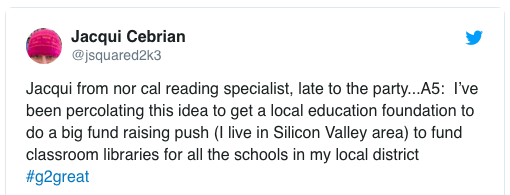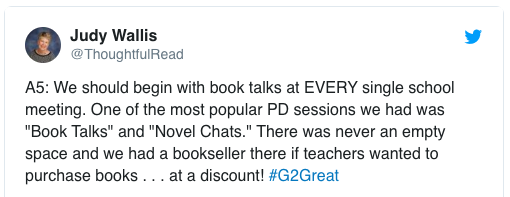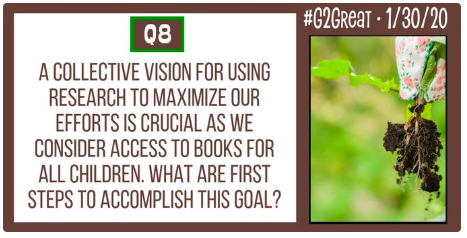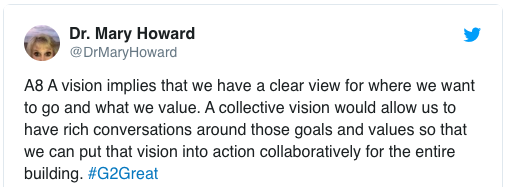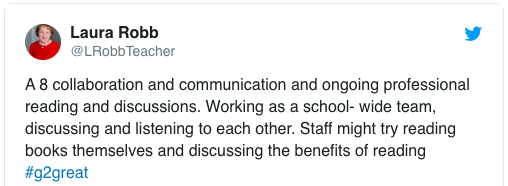By Fran McVeigh
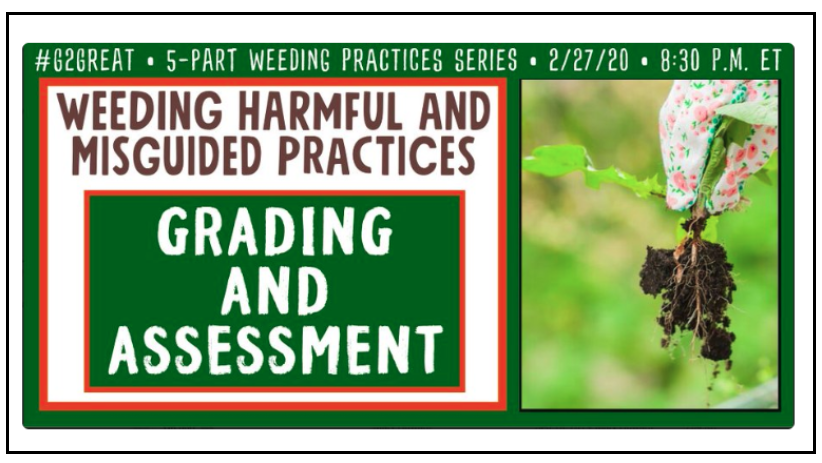
On Thursday, February 27, 2020, our five part series “Weeding Harmful and Misguided Practices” was capped off with our #G2Great chat for Grading and Assessment. What a fun series. What a daunting task to close out our series with this post.
Assessment is one of my favorite areas to study. I remember when a good friend of mine came to our agency to be our “Assessment Guru.” We had many conversations about the differences between learning and achievement as well as the many roles of assessment in literacy. Some conversations were quite spirited as we both grew our understanding in the application of best practices that would “Do the Least Harm.” Although cancer took that colleague and friend way too early, I remember that every meeting always included two things: 1) the meaning of the word assessment and 2) some quotes about the purpose of assessment so I am going to follow her example to begin this post.
What does assessment mean?
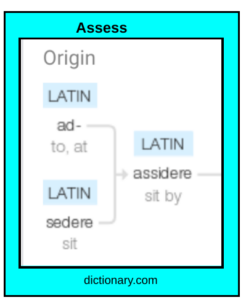
Assessment in Latin comes from “assidere” which means to “sit by.” Every assessment with students should be a matter of “sitting by” students. Every. single. one!
What quotes speak to us about assessment?
The #G2Great team chose the following four quotes to introduce this chat. The quotes specifically name reading and writing but they could also apply to speaking and listening as well. Which of these quotes would you add to your personal quote wall? Which align with your beliefs? How would we know?
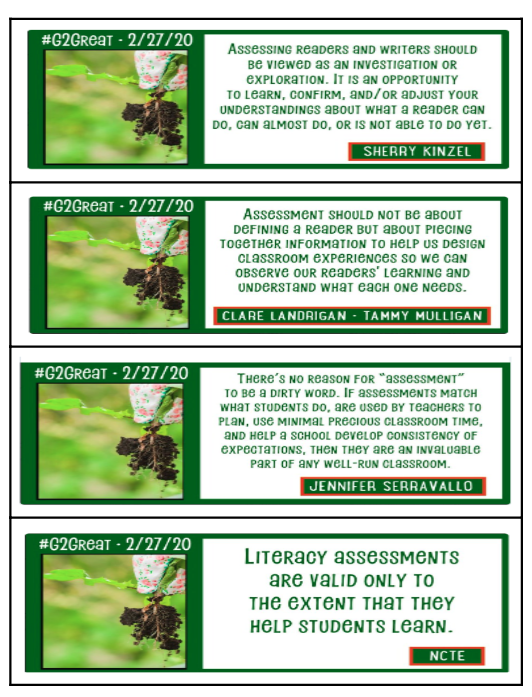
Within this series we have stressed identifying practices that may inadvertently be harmful or even toxic for students, teachers and their communities. In the areas of assessment and grading, many folks have strong beliefs about the efficacy of their own practices. Many ideas often “work” in the hands of a skilled and knowledgeable teacher, but could they be improved on? Are there even more possibilities that could enhance student learning and decrease the toxicity of standardized testing situations that stress out and create anxiety even in our kindergarten students?
Think of a child you know well. Picture this child as you continue reading this post. How will your conversations and decisions impact this one child? Let’s get started!
What harmful and misguided practices should we weed? Rather than identifying a few tweets that exemplified the chat thinking, this list was collected from my review of all the tweets in the Wakelet archive.
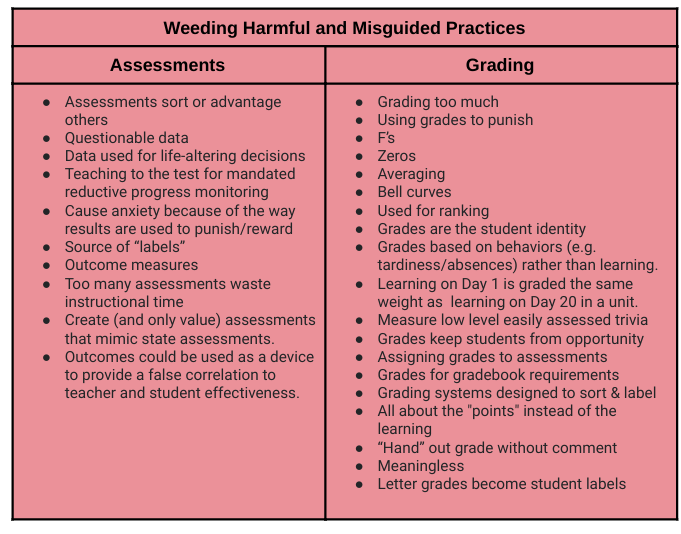
Take Action: Take two minutes to think about something you can eliminate from your own assessment and grading practices. How much time will you gain from this change? When will you begin?
What practices should we strengthen and/or add to our assessment and grading repertoires? This list was also collected from the tweets during our chat.
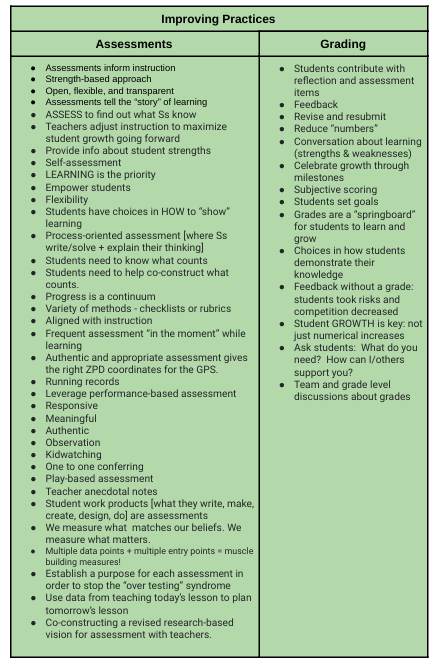
I love that this green list is longer than the red (stop doing) list. If everyone at the chat and/or everyone reading this post were to remove one less productive practice and add just one better idea to assessment and grading, students and student learning would benefit greatly. So would the one child that you are focusing your attention on. Another action might be to take the green list to a departmental meeting, PLN, faculty, or leadership meeting and come to consensus on items that would enhance learning for all our students.
Alignment of beliefs and values is critical. We just spent time developing our own team mission statement for #G2Great so we would have some criteria for our actions and decisions. Beliefs, values, pedagogy, assessment, and grading also need to be aligned. Alignment increases the likelihood that everyone “in the boat” is rowing in the same direction, and thus the goal of increased learning will also be met.
Take Action: Where will you begin? Take two minutes to consider what you might add or strengthen in your current assessment and grading repertoire? Who will you add as an accountability partner? What will success look like? When will you have a conversation with your partner? Where might you begin with addressing your beliefs and values for assessment and grading? How will you know that your work is “helping” the student you named earlier to grow?
What is one area of assessment that has research behind it that all teachers should have on their radar?
Formative assessment.
Formative assessment has the potential to double the rate of student learning. The. potential. when. done. correctly! The. potential. when. the. focus. is. on. students!
Formative assessments have the following characteristics:
- ungraded
- quick
- during the learning cycle
- information is used to inform instruction
- are for learning
- are a part of the “process” of learning
- may be about comprehension, learning needs or academic progress
- may be designed by students
- may have multiple answers
Formative assessments are not about having five, six, seven, eight, or nine of the characteristics above; instead, they are about the intent or purpose behind the assessment. What do we need to know in order to advance learning? What might need to be retaught? Which students are ready to move on to the next learning steps? Any of these questions could be the reason behind a specific ungraded, formative assessment.
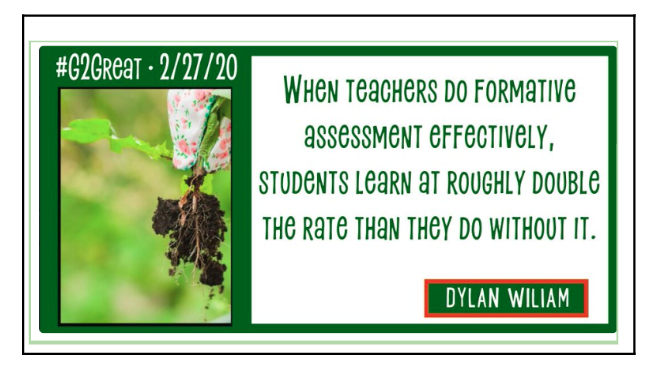
Take Action: Take two minutes to think about your formative assessment practices. When and where are you most often adjusting instruction? When and where could you be more systematic in your use of formative assessments?
Where else do we turn for guidance in assessments? Our national literacy organizations have joint policy statements about major issues. It should be no surprise that the assessment standards were revised in 2010 when the “No Child Left Behind” accountability and assessment craze was sweeping the nation.
What do ILA and NCTE say about assessments?
Here are the joint 11 standards for assessment. Which ones do you value? How do all 11 align with your assessment processes? Which ones match up with your current assessment and grading practices? Which ones are you planning to strengthen?
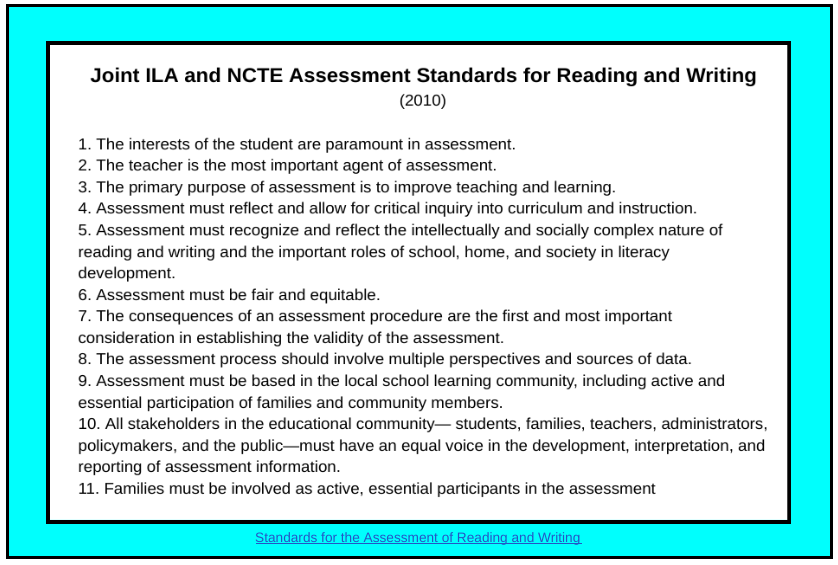
How and when will you “sit by” students to check in on their learning? How will you encourage research-based assessment and grading practices? How will you include student voice and choice in the development of assessment and grading practices that will fairly and equitably “assess” learning? Where will you begin?
Eliminating or weeding harmful or misguided practices will free up time and energy for more effective and efficient research-based practices. You have identified some ideas in the “Take Action” sections. Students, parents and communities will appreciate the opportunity for active involvement (although they may grumble) in the changes. Provide time for students to increase their knowledge so they can self-advocate for appropriate learning activities and assessments. Include everyone. Continue to think about that one student guiding your decision. GET STARTED!
Resources:
Visible Learning and Feedback
https://visible-learning.org/2013/02/john-hattie-helen-timperley-visible-learning-and-feedback/
Will the real data please stand up?
Three Key Questions on Measuring Learning
Standards for the Assessment of Reading and Writing (ILA and NCTE)
Reading Surveys: A Go To Data Source for Creating a Focus for Instruction
